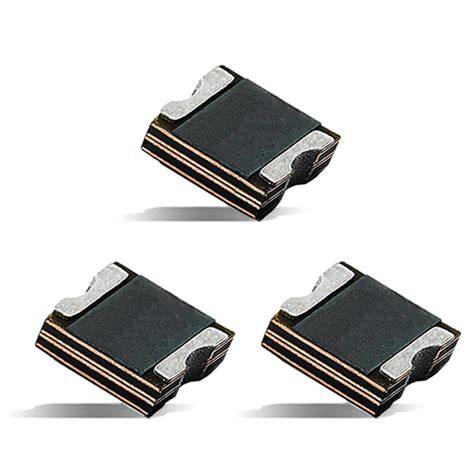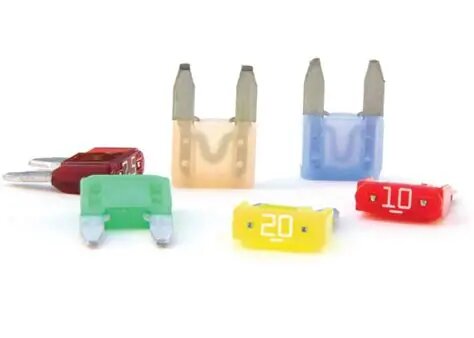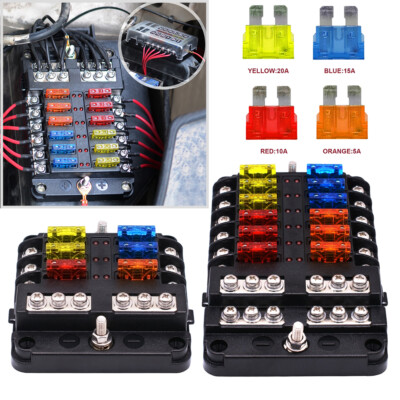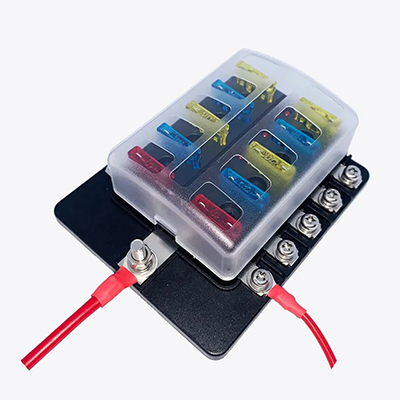Vehicle Current Fuse Types and Selection Criteria
News 2025-10-24
Fuses are essential components in automotive electrical systems, designed to protect circuits from overcurrent that could cause damage or hazards. They are critical in vehicles ranging from conventional cars to electric models, where they safeguard everything from lighting to powertrain controls. Proper understanding of fuse types and selection ensures reliable operation and prevents costly failures.

Common Types of Fuses in Vehicles
Vehicle fuse designs vary to meet diverse needs. Blade fuses, with their compact and color-coded bodies, dominate modern cars for easy replacement in fuse boxes. Glass tube fuses offer transparency for visual inspection and are used in higher-voltage applications or older vehicles. Bolt-down and cartridge fuses handle heavy currents in engine compartments, providing robust protection for systems like starter motors. Each type excels in specific scenarios, such as space efficiency in blade fuses or high interrupting capacity in cartridge types, enhancing overall vehicle safety and performance.
Selection Criteria for Automotive Fuses
Choosing the right fuse involves key factors to match application demands. Current rating must align with circuit loads to avoid premature blowing, while voltage rating should exceed system requirements for safe operation. Response time—fast for sensitive electronics or delayed for inductive loads—affects protection efficacy. Physical attributes like size and mounting, along with environmental resistance to heat and vibration, are vital. Optimal selection improves reliability, reduces downtime, and minimizes risks in automotive settings by ensuring fuses perform effectively under real-world conditions.
Frequently Asked Questions
1. What are the primary fuse types used in vehicles?
Answer: Primary types include blade fuses for general use, glass tube fuses for high-voltage needs, and bolt-down fuses for heavy-duty applications.
2. How do you select the correct fuse rating for a vehicle circuit?
Answer: Select based on the circuit’s normal current draw and maximum load, choosing a rating that provides adequate protection without frequent failure.
3. What risks come with improper fuse selection?
Answer: Improper selection can lead to circuit damage, electrical fires, or failure to interrupt faults, compromising vehicle safety and component longevity.


